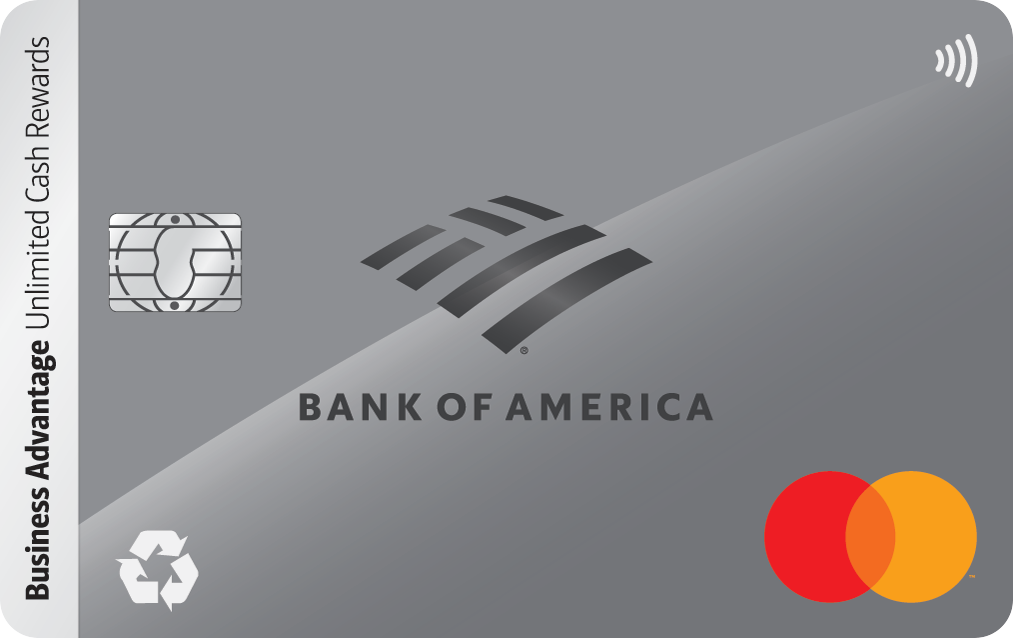Why You Should Never Accept the Currency Conversion When Paying With a Credit Card Abroad
KEY POINTS
- Dynamic Currency Conversion means you could end up paying up to 7% more if you pay in your home currency.
- ATMs are also a common sight where travelers encounter the option of DCC.
- It's a good idea to review your credit card's fine print before using it abroad.
Traveling abroad can be an exhilarating experience, putting you in contact with unique cultures, breathtaking landscapes, and unforgettable adventures. However, amidst the excitement, there's a mundane but crucial aspect you must manage wisely: your personal finances.
Specifically, how you choose to handle currency conversions with your credit card can make a significant difference in how much you spend. Here's why you should always decline the currency conversion option when paying with your credit card abroad.
The lure of dynamic currency conversion
Imagine this: You're in a charming boutique in Paris, picking out that perfect souvenir. As you go to pay, the friendly cashier offers you the convenience of paying in your home currency, say U.S. dollars, instead of euros. This service is known as Dynamic Currency Conversion (DCC). It sounds tempting and straightforward, right? You'll know exactly what you're spending without doing the mental math. However, this convenience comes at a cost.
Hidden costs and poor exchange rates
The primary issue with DCC lies in the exchange rates and additional fees. When you opt for DCC, the local merchant's bank sets the currency exchange rate, rather than your own credit card company. Unfortunately, these rates are often significantly higher than the standard rates offered by your card network (like Visa or Mastercard).
To put it into perspective, while the standard rates might increase your transaction cost by about 1% due to currency conversion, opting for DCC could push that to anywhere between 3% and 7%. This can add up quickly, especially on larger purchases or during a long trip. In essence, you pay a premium for the convenience of understanding your charges in your home currency.
For instance, avid traveler Brian Kelly shared an experience where he faced a 384 Euro charge. He was offered the option to pay $437 through Dynamic Currency Conversion. Instead, he chose to pay with his U.S. credit card, which only amounted to $416. By rejecting the DCC, he saved $20. Kelly also recommends using XE.com to check currency exchange rates quickly and accurately, ensuring you get the best possible deal.
Bypassing your card's built-in benefits
Most travel-savvy credit card holders choose their cards based on available perks, including low or no foreign transaction fees and favorable exchange rates. But by accepting DCC, you inadvertently bypass these benefits. Your credit card network typically offers a more competitive exchange rate than the DCC service at the point of sale. Therefore, every time you opt for DCC, you're leaving money on the table -- money that could be better spent on enhancing your travel experiences.
Let's not forget that some credit cards offer additional rewards for purchases made in foreign currencies or have no foreign transaction fees at all. By choosing DCC, you might also be missing out on earning these potential rewards.
Navigating ATM withdrawals
The DCC pitfall isn't limited to just point-of-sale transactions. ATMs are also a common place where travelers encounter the option of DCC. Similar to in-store DCC, ATMs offering to withdraw money in your home currency typically apply a hefty surcharge for the convenience. Always choose to withdraw cash in the local currency to ensure you receive your bank's or card network's more favorable rate.
How to avoid unnecessary charges
- Know your card's policies: Before you travel, read up on your credit card's fees related to foreign transactions and currency conversion. If it doesn't favor you, consider applying for a travel credit card that offers better terms.
- Always choose local currency: Whether shopping or withdrawing money from an ATM, always opt to pay in the local currency. This practice ensures that you benefit from your credit card network's exchange rates.
- Stay alert: Sometimes, merchants automatically process payments using DCC and only ask for a signature or PIN. Always watch the payment terminal to ensure the transaction is done in the local currency. If you see it's been set to your home currency, ask the merchant to change it.
- Understand the terms: If, for some reason, you consider opting for DCC, ask the merchant to detail the exchange rate and any additional fees. Compare this with your expected charges based on your credit card's rates to make an informed decision.
Traveling should involve making smart choices and managing your finances wisely while you're away from home. By opting to pay in local currency and avoiding the tempting yet costly DCC option, you keep more money in your pocket -- money that can fund more adventures, experiences, and memories. So next time you're about to swipe your card in a foreign land, remember: Local currency is the way to go.
Our Research Expert



